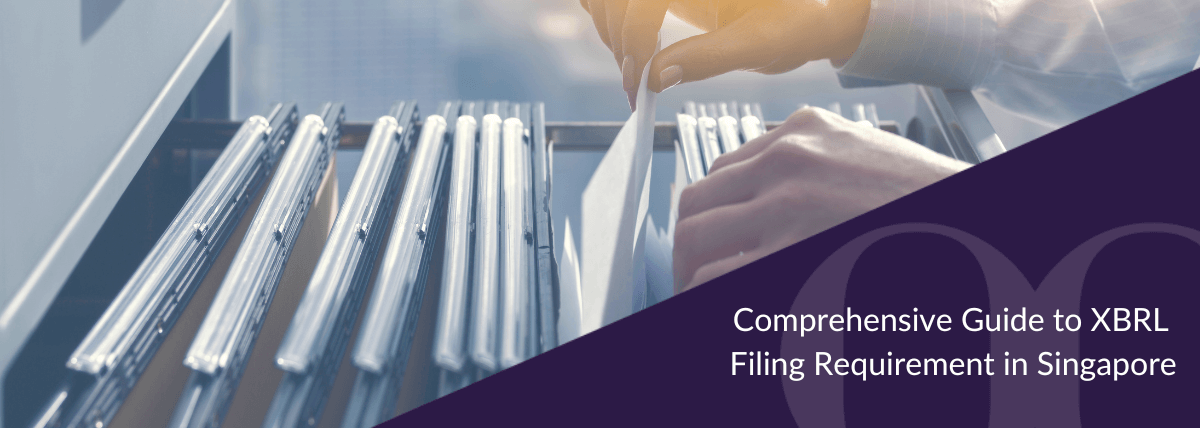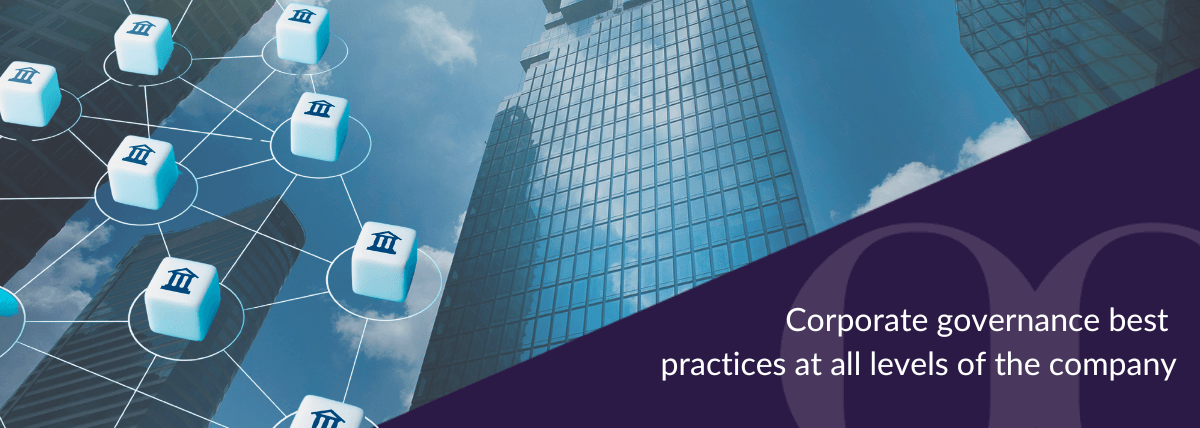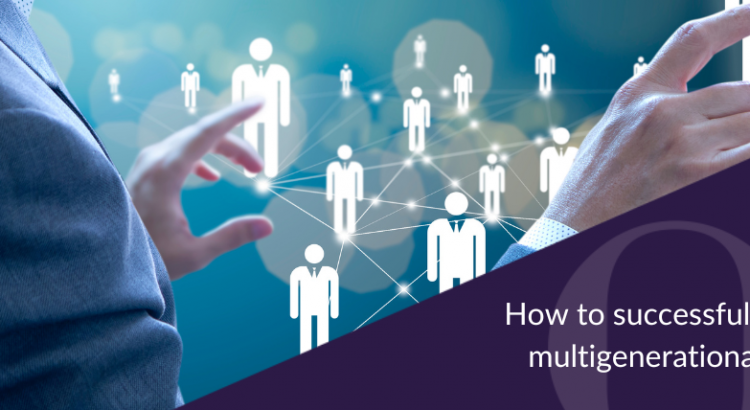Age-diverse teams have become commonplace in the corporate sphere, meaning organisations now have a variety of ideas, skills and perspectives at their disposal.
But leading a multigenerational workforce is not an easy task. Find out how your human resource (HR) teams can support management staff to create an inclusive workplace that benefits all.
The five working generations
Leaders of age-diverse teams need to understand the defining characteristics of each generation — the values, motivations and working styles they typically possess. While not all workers are the same, some key elements are common amongst generations.
Traditionalists
Known for their dedication and commitment to their jobs, most traditionalists worked in post-war labour-intensive roles and have now reached retirement age.
Before 1945Baby Boomers
Members of this generation typically hold high-ranking positions because they have been in the workforce for longer. They are loyal and collaborative, and favour real-time verbal communication. As they approach retirement, they are keen to share their wisdom and traditional worth ethics with younger employees.
1946–1964Generation X
This generation values achievement, respect in the workplace and flexibility. They prefer working in the office, communicating by phone and email, but also enjoy the benefits of work-life balance. They often have an established career and welcome opportunities to mentor staff.
1965–1976Millennials
These independent workers are beginning to enter managerial positions and are ascending the corporate ladder. Considered the driving force of today’s workplace, this generation is motivated by purpose and a desire to learn. They value interaction and feedback, and prefer digital communication over phone calls.
1977–1995Generation Z
New to the workforce, this generation takes social responsibility seriously and wants to make a real impact through their work. They prefer communicating via video conferencing for the personal experience it provides.
After 1995Remember, while the above traits are common among the respective cohorts, individual preferences will vary. To ensure you’re leading a multigenerational workforce to success, you’ll also need to factor in the individual needs of your team and your workplace environment.
Key benefits of a multigenerational workforce

BoardRoom’s Chief People Officer, Stephen Tjoa, says multigenerational workforces present rich opportunities for coaching and mentoring.
“There’s a general perception that the younger generation is proficient with new technologies, while mature workers have a wealth of institutional knowledge about traditional approaches to decision-making,” he says. “By mixing different age groups in the workplace, organisations ultimately benefit from a wide range of expertise and experience.”
A multigenerational workforce can also create a culture of innovation and progress.
“This is especially true when employees feel they can share their ideas freely and participate actively to pursue business transformation through collaboration,” says Stephen.
Key communication challenges of a multigenerational workforce
According to a 2018 Randstad study, almost half of Singapore employees and job seekers found it hard to communicate with colleagues from different age groups.
“This is largely attributed to differences in preferred communication styles,” Stephen says. “While more mature generations are used to speaking face-to-face or picking up the phone, younger generations are inclined to use texts and the plethora of social media channels and apps to communicate with others.”
If left unaddressed, the digital divide between younger workers and Traditionalists can disrupt the sharing of information and lead to misunderstandings.
Strategies for fostering a positive environment
HR teams can help nurture an environment of respect and collaboration by:
Creating opportunities for intergenerational learning
Team exercises that align people to a common purpose can help break down stereotypes and promote understanding. One option is to hold group discussions on topics that affect all parties. (You might ask them to brainstorm solutions to the common challenge of achieving work-life balance.)
Facilitating mentoring
Take inventory of the competencies and expertise available in your team. Cross-training employees through mentoring and reverse-mentoring will help elevate the contributions of staff members at all levels.
Encouraging open communication
Opening the dialogue between generations can help foster a greater understanding and higher level of respect amongst employees of all age groups. It is important for all ages to share thoughts and opinions together, creating a positive and collaborative work environment.
How leaders can manage expectations
Leaders can help address multigenerational workforce challenges by:
- articulating the organisation’s employee value proposition (EVP)
- eliminating employment bias by implementing solutions that remove unconscious bias; a simple fix like removing names from CVs can have a large impact
- having a core philosophy of rewarding employees based on performance, not personal attributes, through a robust Key Performance Indicator (KPI) model
- providing flexibility to suit changing work preferences
- nurturing an inclusive culture

How HR can support collaboration
Some leaders may find it difficult to manage the younger generations, but with Millennials set to make up 75% of the global workforce by 2025, it’s a critical endeavour. HR teams can help leaders navigate this challenge by highlighting the importance of:
How to implement your solutions successfully
Stephen says the key success factors of leading a multigenerational workforce are planning and prioritisation.
“First and foremost, it is important to establish baseline expectations by conducting a culture and climate survey,” he says. “This will help gauge employees’ current engagement with the organisation and their future expectations and aspirations.”
The survey would need to gather feedback on the following:
“The objective here is to establish a strong feedback culture and demonstrate your commitment to listening to the employee voice,” Stephen says. “There must also be a commitment to sharing feedback with staff and explaining what management intends to do with it — and by when.”
This exercise will build trust, leading to greater participation, accountability and commitment among employees.
Embracing diversity is the way forward
When generational differences are embraced and all employees feel safe, recognised and valued, organisations benefit from a united workforce that’s engaged, productive and motivated to achieve.
Related Business Insights
-

08 Jul 2024
Your Guide to Corporate Tax Filing in Singapore
Learn to navigate corporate tax filing in Singapore effectively and ensure timely, compliant submissions with our c …
READ MORE -

14 Jun 2024
Comprehensive Guide to XBRL Filing Requirement in Singapore
Explore the essentials of XBRL filing in Singapore, covering mandatory requirements, benefits, preparation steps, a …
READ MORE -

11 Jun 2024
Corporate governance best practices at all levels of the company
Corporate governance goes beyond compliance, shaping the fabric of an organisation. Discover the corporate governan …
READ MORE

